May 4, 2022 report
3D photogrammetry reveals ancient Native American artwork in Alabama cave

An independent researcher and one scientists from the University of Tennessee and one from Ancient Art Archive have revealed ancient Native American artwork inscribed on cave walls and ceilings in Alabama using 3D photogrammetry. In their paper published in the journal Antiquity, Alan Cressler, Jan Simek and Stephen Alvarez describe their work in documenting the ancient artwork.
Prior research has shown that ancient Native American people had visited a cave in Alabama known to scientists as 19th Unnamed Cave (its real name has been kept hidden to protect the artwork) and had left picture artwork behind. And while it is not possible to date etchings made into walls, researchers have been able to date carbon left behind by torches carried by the artists. They show the art in the cave was created approximately 1,200 to 1,700 years ago. Pottery shards have also been found on the cave floor, and they have been dated to between 1,000 and 3,000 years ago. In this new effort, the researchers have taken a new look at the walls and ceiling of the cave using LED lights, a digital camera, and a photo rig that allowed 3D photogrammetry—a technique that involves combining overlapping photographs to add more information to a picture. It has been widely used to capture hidden features on the Earth's surface.
The research trio spent two months photographing the artwork they found in the cave, a difficult task as the ceilings were often so low that they could only be viewed by lying down. In all, they took 16,000 images. The use of photogrammetry allowed them to capture images of art that were barely visible to the naked eye, bringing to light art that had been hidden since it was created. They note that the figures that were revealed were made by people scratching them into the walls and ceilings using rocks—and they had nothing but torchlight to help them see what they were doing.
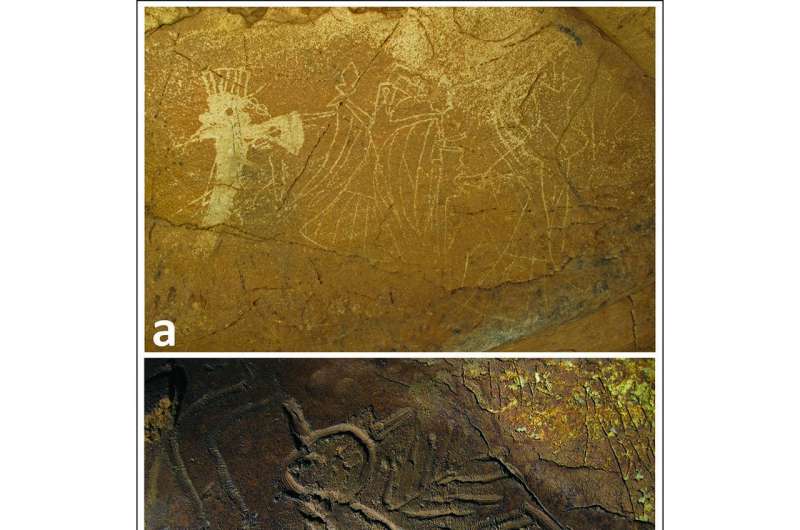
Among the thousands of images that were revealed were representations of people engaged in various activities and animals such as snakes. Many of the images were life-size. The researchers suggest the art in the cave represents the largest known example of cave art in North America, and is comparable to the rock art generally seen only in the American Southwest.
-
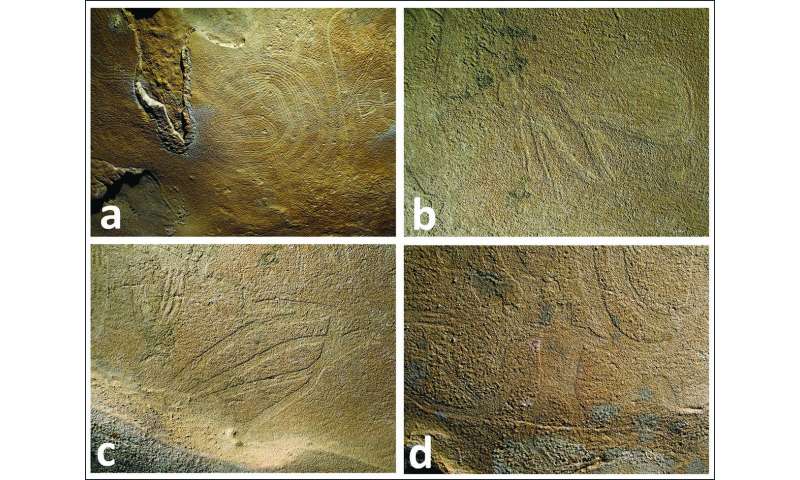
Credit: Antiquity (2022). DOI: 10.15184/aqy.2022.24 -
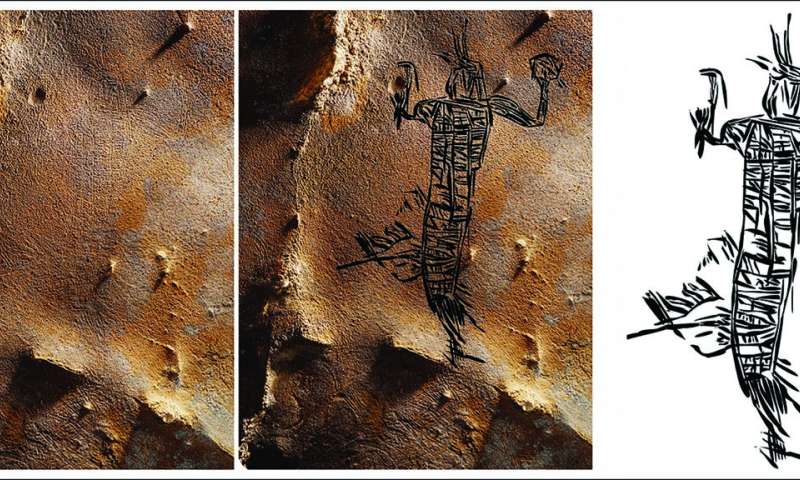
Credit: Antiquity (2022). DOI: 10.15184/aqy.2022.24 -
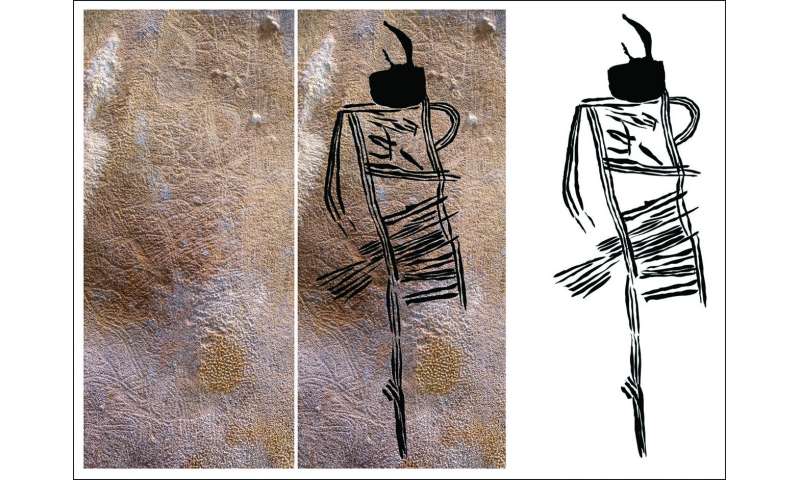
Credit: Antiquity (2022). DOI: 10.15184/aqy.2022.24 -
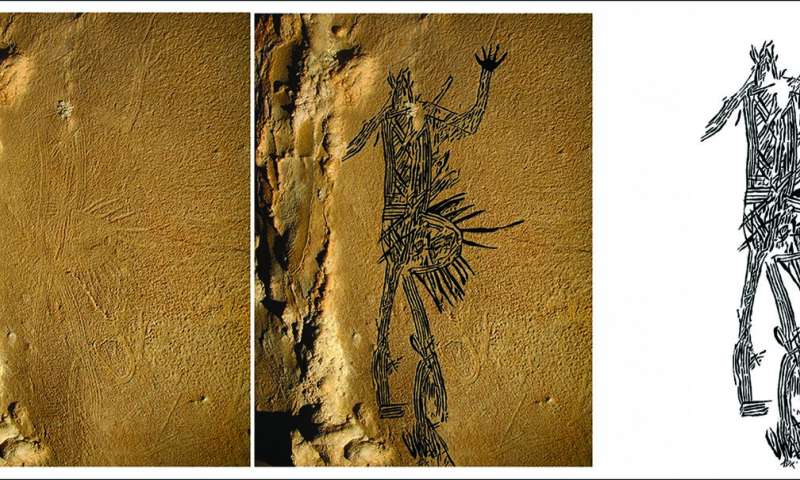
Credit: Antiquity (2022). DOI: 10.15184/aqy.2022.24 -
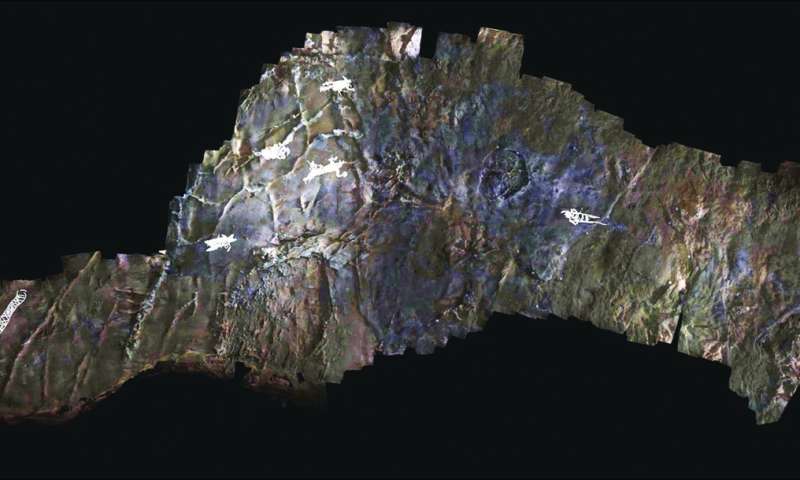
Credit: Antiquity (2022). DOI: 10.15184/aqy.2022.24
More information: Jan F. Simek et al, Discovering ancient cave art using 3D photogrammetry: pre-contact Native American mud glyphs from 19th Unnamed Cave, Alabama, Antiquity (2022). DOI: 10.15184/aqy.2022.24
Journal information: Antiquity
© 2022 Science X Network




















